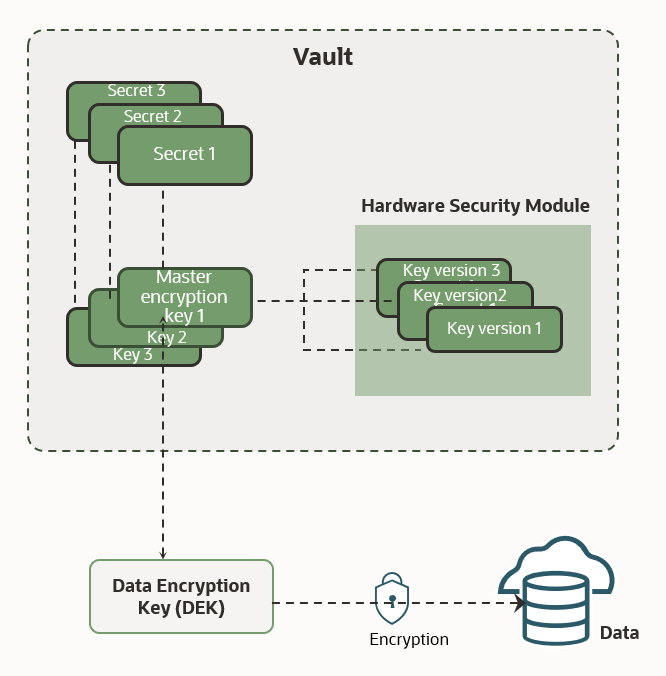Shielding Your Virtual Vault: Mastering The Art Of Crypto Security
Shielding Your Virtual Vault: Mastering the Art of Crypto Security

- Protecting Your Digital Legacy: A Guide To Securing Your NFTs In 2024
- The Future Of Blockchain In Digital Identity Verification
- The Best Crypto Staking Platforms For Passive Income
- Welcome To The World Of DeFi: Your Step-by-Step Guide To Unlocking Its Potential
- Navigating The Wild West Of Crypto Trading: A Beginner’s Guide To Safe Trading With Stop Loss Orders
In the ever-evolving landscape of digital wealth, the allure of cryptocurrencies has drawn in millions of investors and enthusiasts worldwide. Yet, this nascent market’s meteoric rise has also made it a prime target for cunning hackers and cyberthieves. As the old adage goes, "with great power comes great responsibility" – and safeguarding your crypto assets is a duty that demands attention, vigilance, and a solid understanding of the necessary security measures.
In this article, we’ll delve into the essential steps to shield your digital wealth from the increasing threat of cyberattacks, exploring the most effective strategies to fortify your virtual vault and ensure the integrity of your cryptocurrency investments.
Step 1: Choose Your Wallet Wisely
Your digital wallet is the first line of defense against potential hackers. With a plethora of options available, selecting the right wallet can be a daunting task. Here are a few key considerations to keep in mind:
- Hardware wallets: These physical devices store your private keys offline, isolating them from potential cyber threats. Leading brands like Ledger, Trezor, and KeepKey are renowned for their robust security features.
- Software wallets: Desktop and mobile wallets like Electrum, MyEtherWallet, and MetaMask offer convenience and flexibility, but may be more vulnerable to malware and phishing attacks.
- Cold storage: Consider storing your cryptocurrency in an offline environment, such as a USB drive or a safety deposit box, to minimize exposure to potential threats.
Step 2: Enable Two-Factor Authentication (2FA)
Implementing 2FA adds an additional layer of security to your digital wallet and exchange accounts. This verification process requires both a password and a unique, time-sensitive code sent to your mobile device or email, making it significantly more challenging for hackers to gain unauthorized access.
Step 3: Strengthen Your Password Game
Crafting strong, unique passwords is a crucial aspect of crypto security. Avoid using easily guessable information, such as names, birthdates, or common phrases. Instead, opt for a combination of:
- Upper and lowercase letters
- Numbers and special characters
- Passphrases: Create a sequence of words that are easy for you to remember, but difficult for others to guess.
Step 4: Stay Informed and Vigilant
The cryptocurrency landscape is constantly evolving, with new threats and vulnerabilities emerging regularly. Stay ahead of the curve by:
- Following reputable sources: Stay informed about the latest security updates, news, and best practices through trusted sources like Coindesk, CryptoSlate, and Blockchain News.
- Monitoring your accounts: Regularly check your wallet and exchange balances for suspicious activity, and report any discrepancies to the relevant authorities.
- Updating your software: Ensure your digital wallet and other relevant software are always up-to-date, as newer versions often include security patches and features.
Step 5: Diversify and Secure Your Private Keys
Private keys are the digital equivalent of the master key to your safe. Losing them can result in permanent loss of access to your cryptocurrency. Consider the following:
- Private key management: Use a secure method to store your private keys, such as an encrypted document or a hardware security module (HSM).
